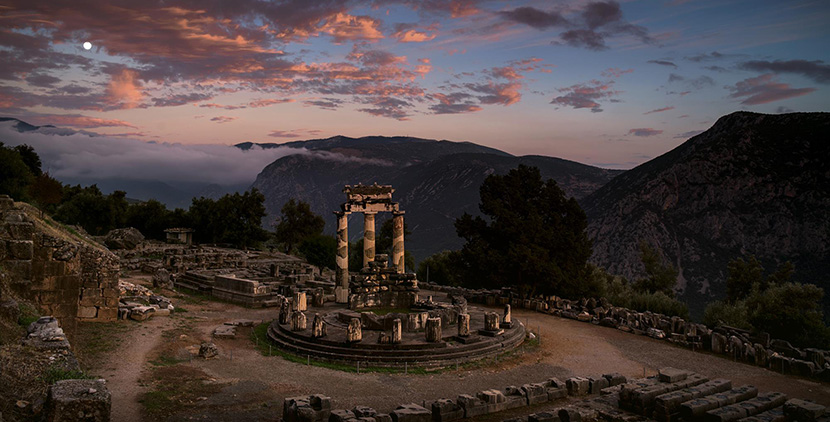
One of the oldest places in Greece is a cave that is hidden in the Bay of Diros, Mainland Greece. According to archaeologists it is the burial place most used throughout time here in Greek territory, for at least three thousand years and since the Neolithic.
Today the cave is being excavated by a team of archaeologists from the Greek Ministry of Culture and to date they have come to light 170 ritual ceramics and skeletons in pieces. It could be the most important Neolithic site on the European continent or Hades itself, if anyone still believes in that afterlife, the realm of the dead.
What did the Greeks think behind death? In principle, the Greeks were communal people, strongly linked to their city-states and group rites. However, the mystery of death made many of them seek answers beyond what these rites offered, so in some places new versions of religion were developed focused on the study of those "Mysteries" no easy answer.
The Greek religion knew how to evolve in this field of finding a reason for life or a reason for death and from there arose the idea of Hades and the Kingdom of the Living and the Kingdom of the Dead divided by the river Éstige. They had their own gods of death, the gods chthonicAs Furies, Hermes, Hades, Persephone, but they were separated from the Olympian gods who could not relate to the dead because, as they were immortal, death was polluting.
Greek religion did not offer much comfort to death although in Samothrace it was a question of giving an answer to the faithful. A shrine used to function here, on the side of Mount Fengari, a truly impressive site. Today it is not very visited but it takes your breath away and radiates power so if you can, take a walk. Here the "mystery rites" or secret rites that would include a nocturnal pilgrimage to different monuments, lit only by torches, took place. Imagine that: darkness, music, and torchlight.